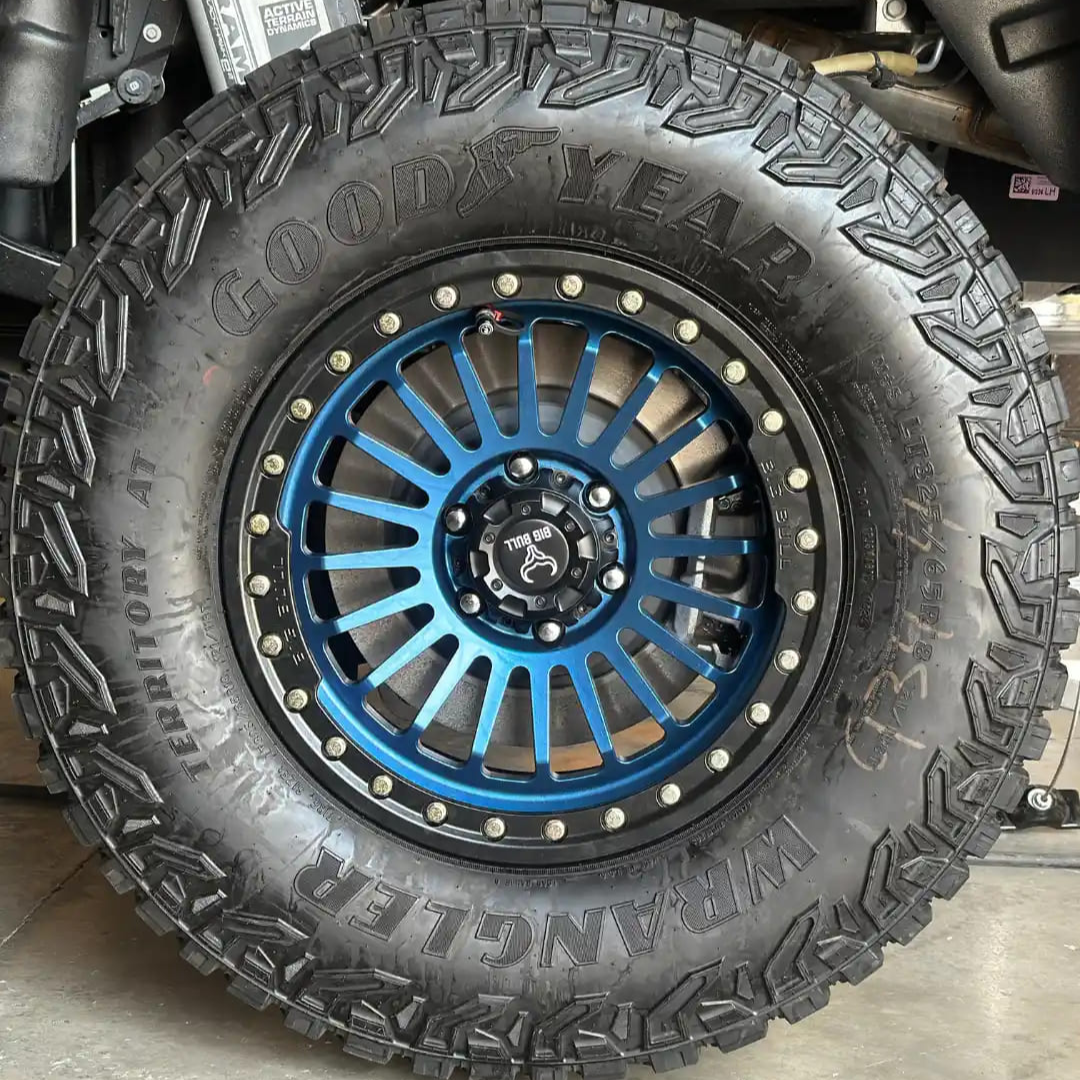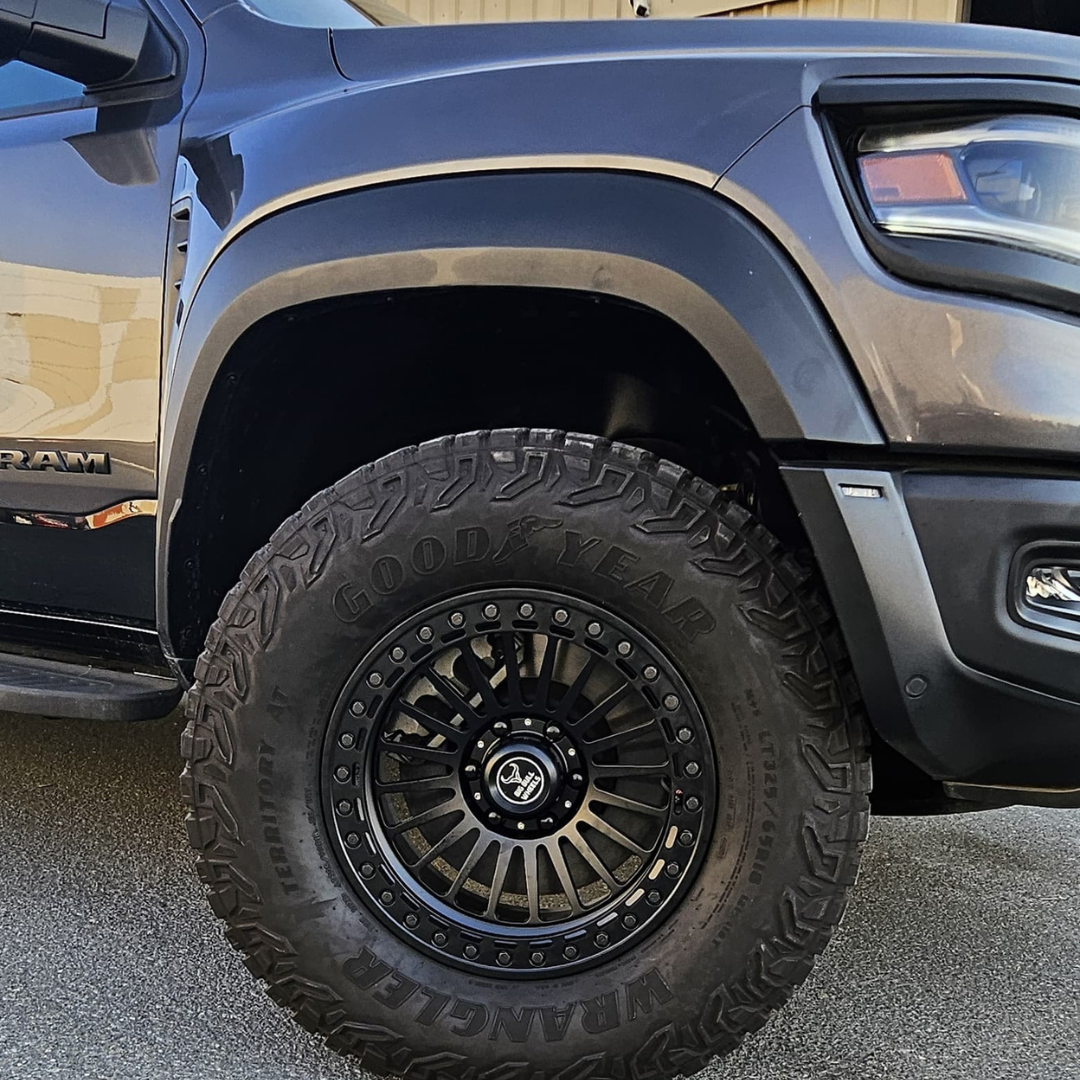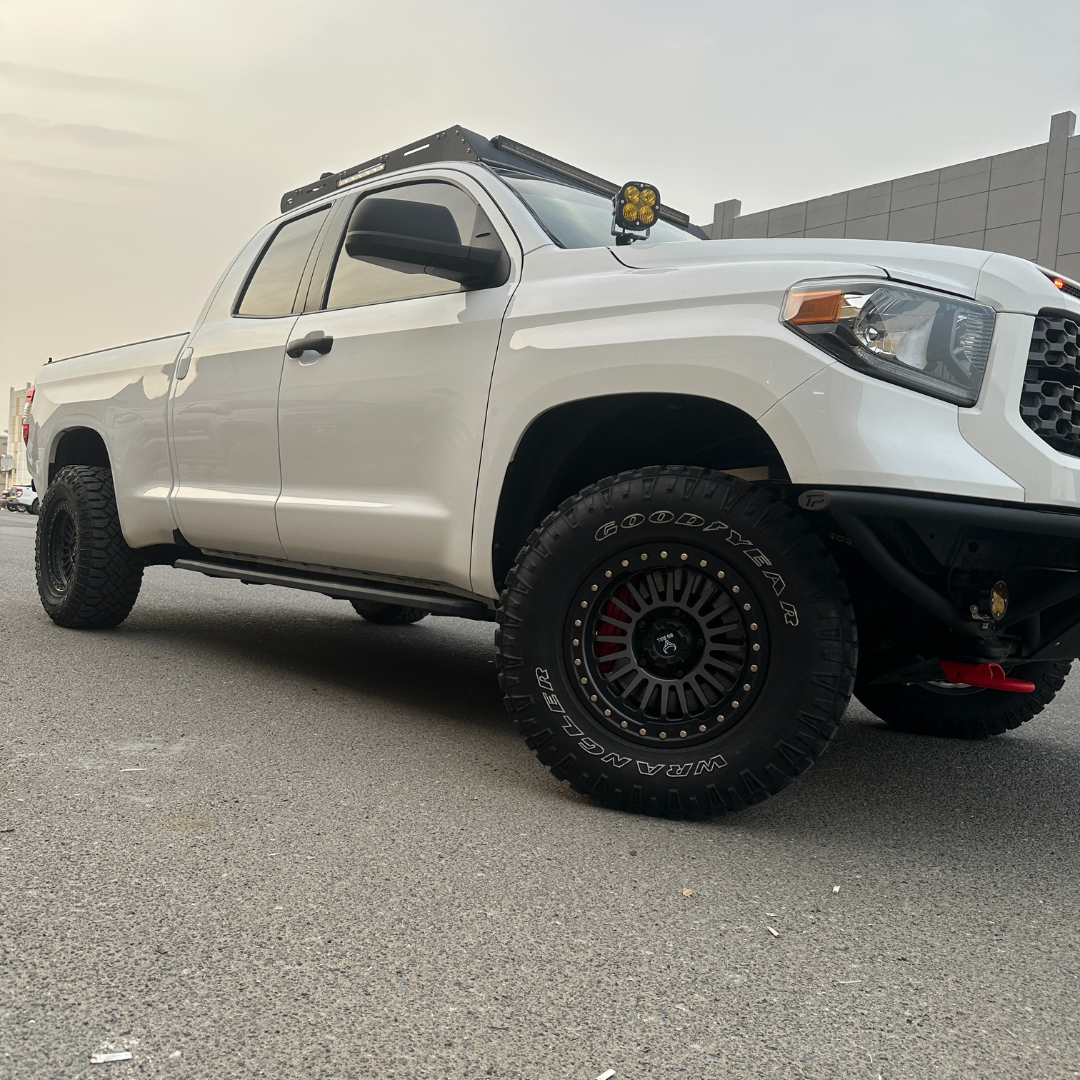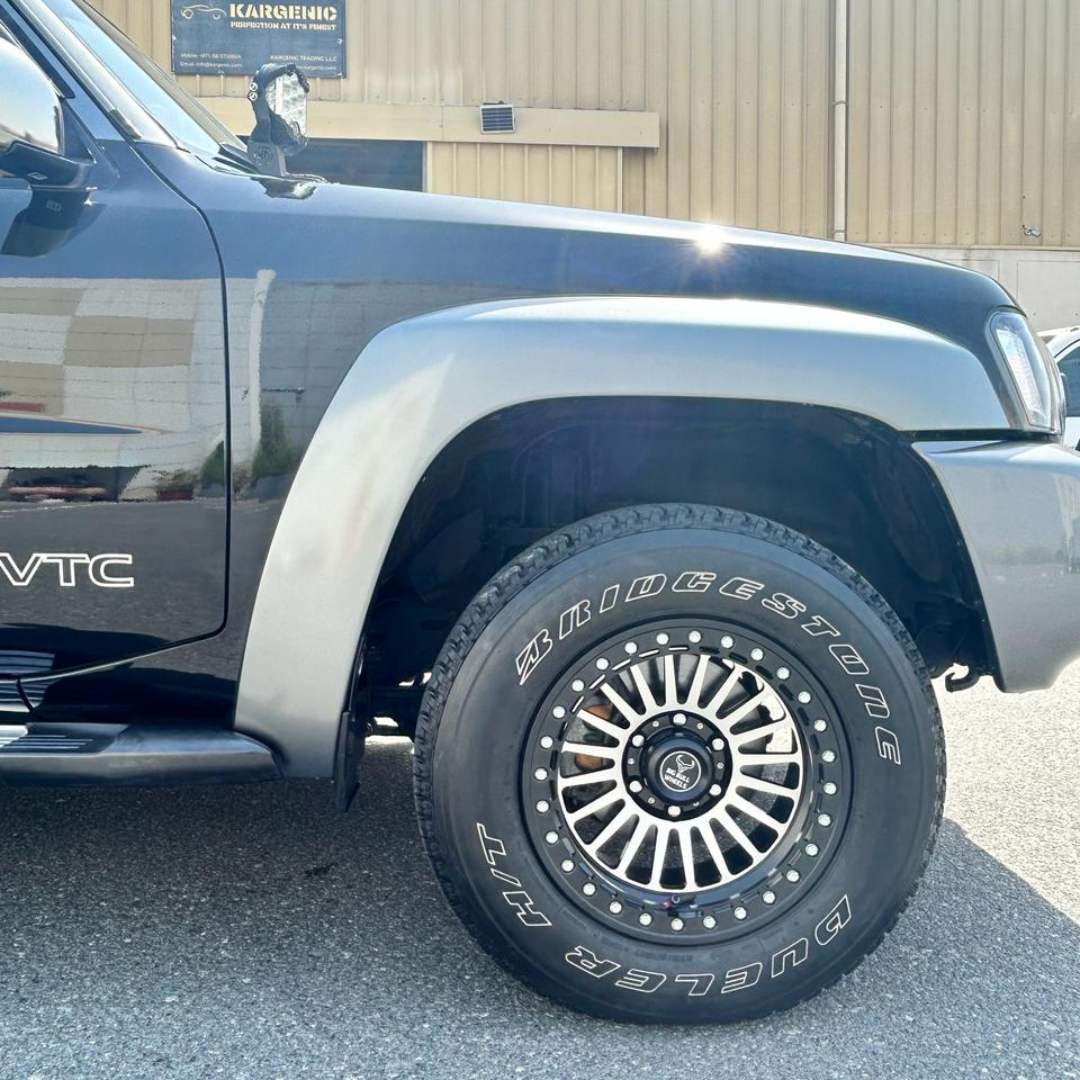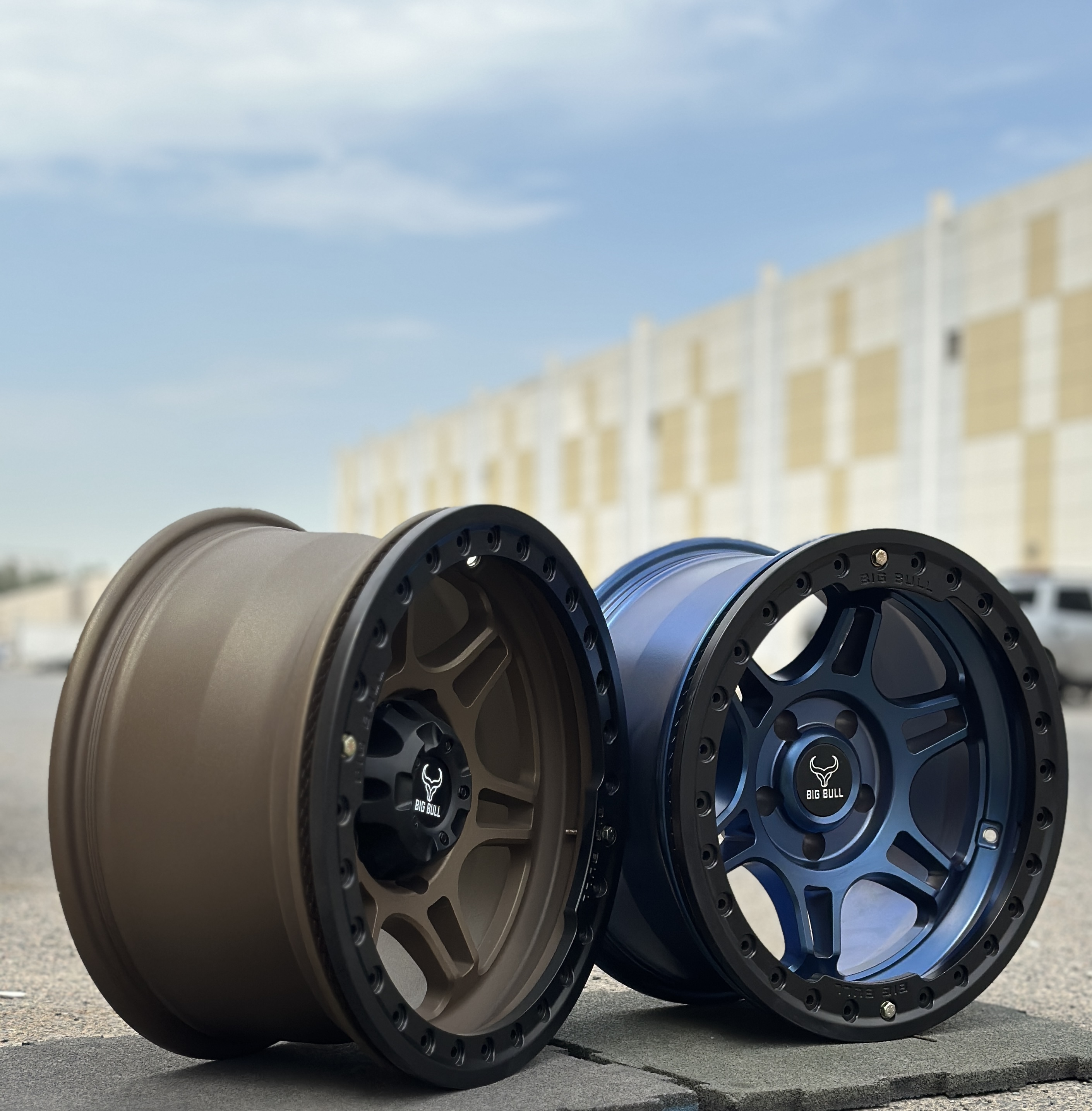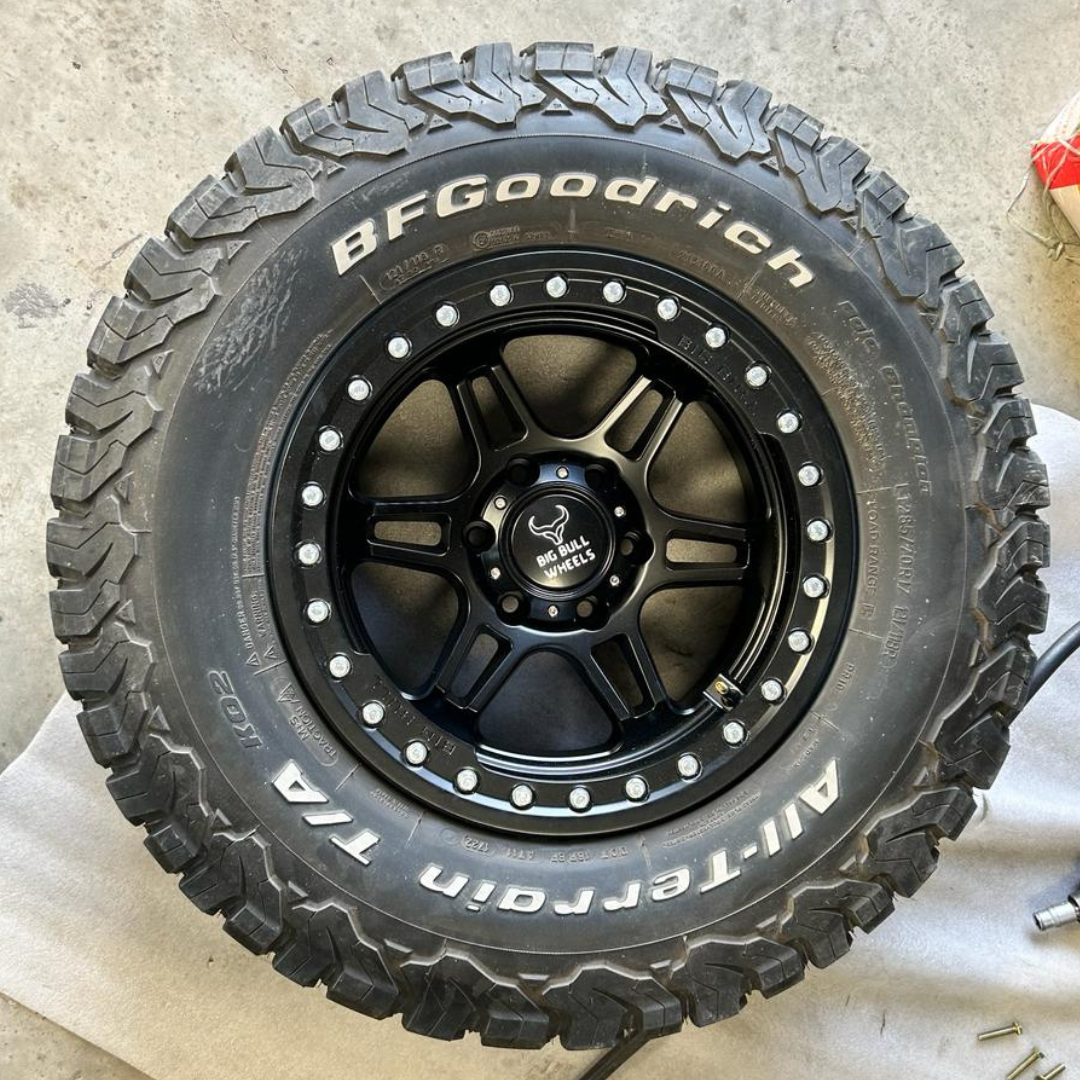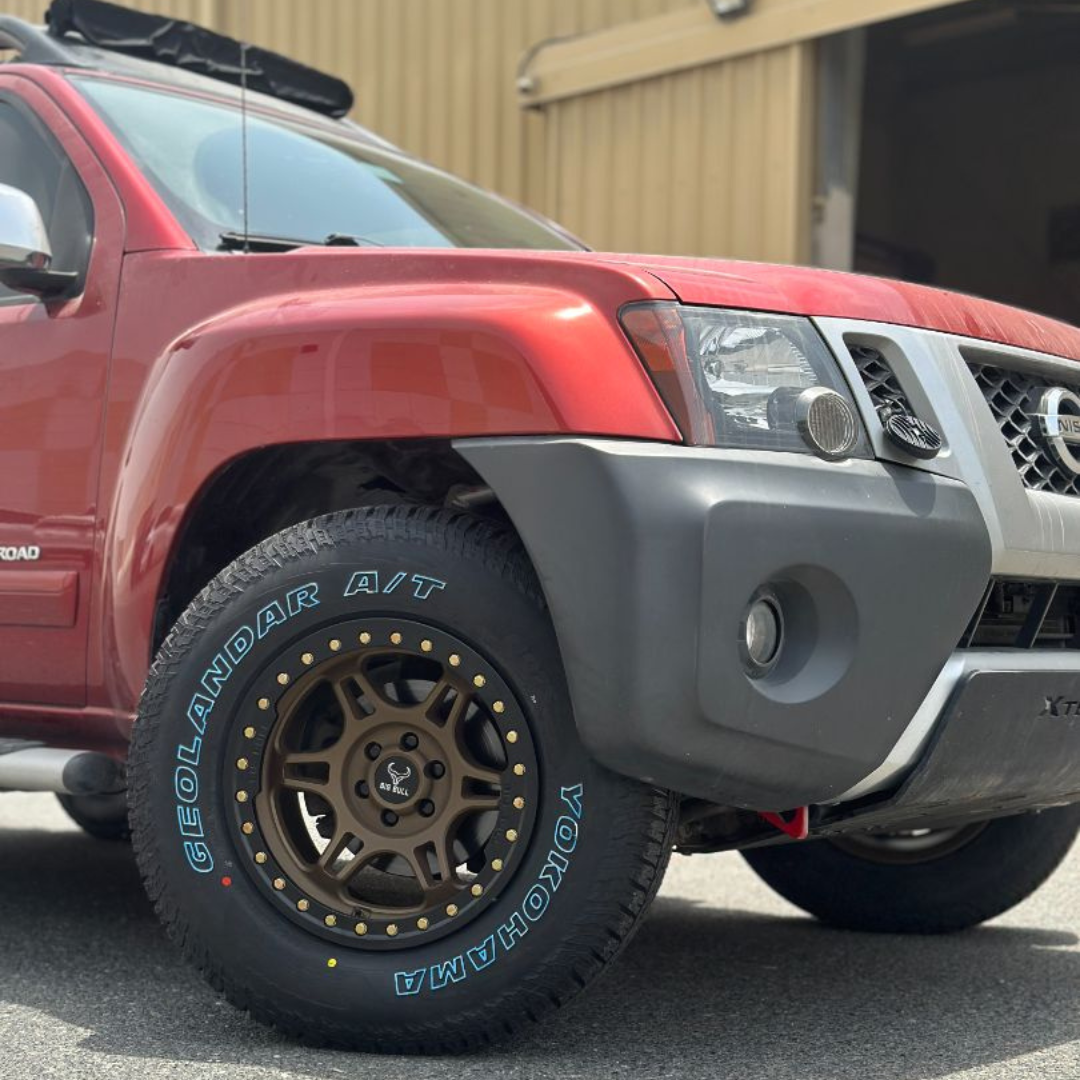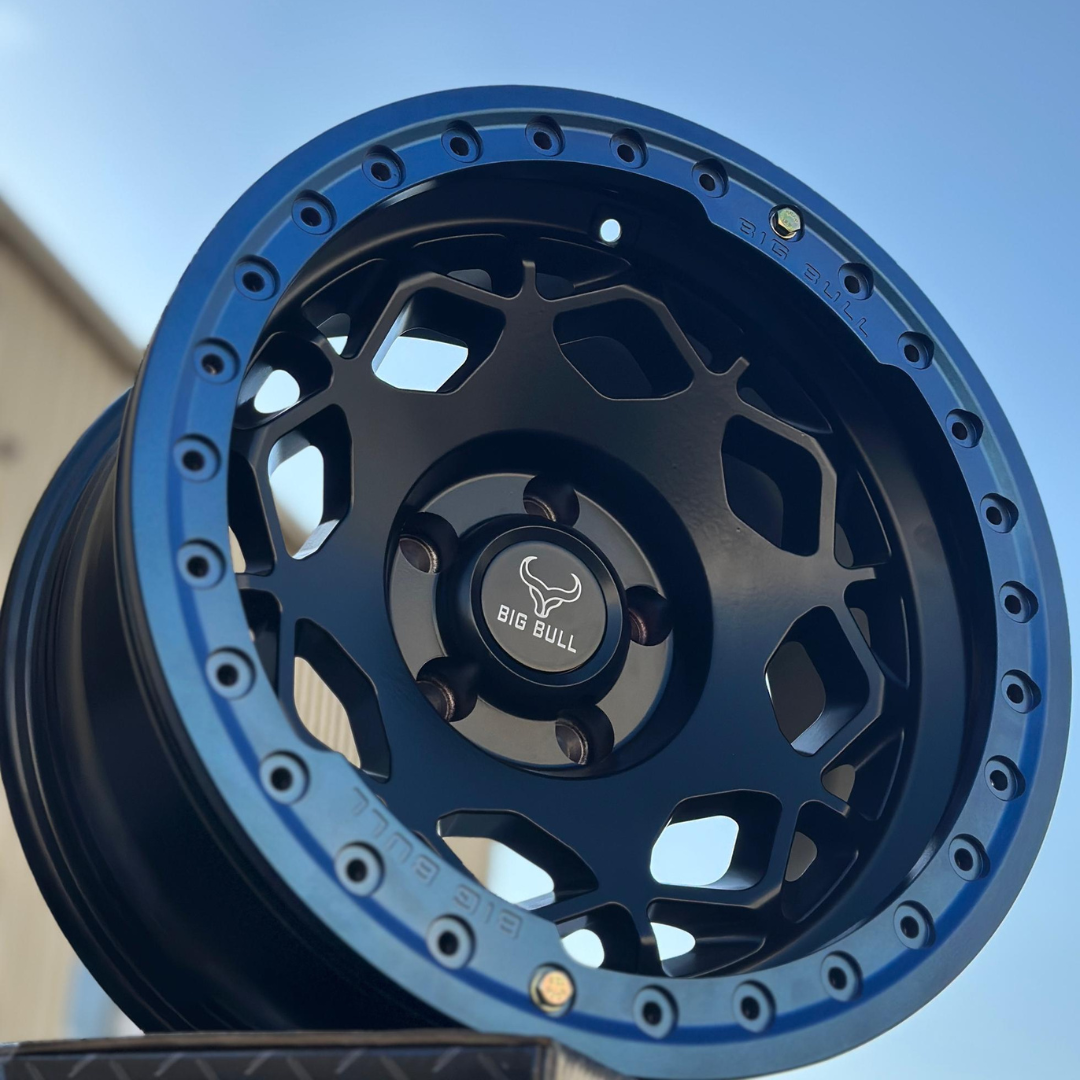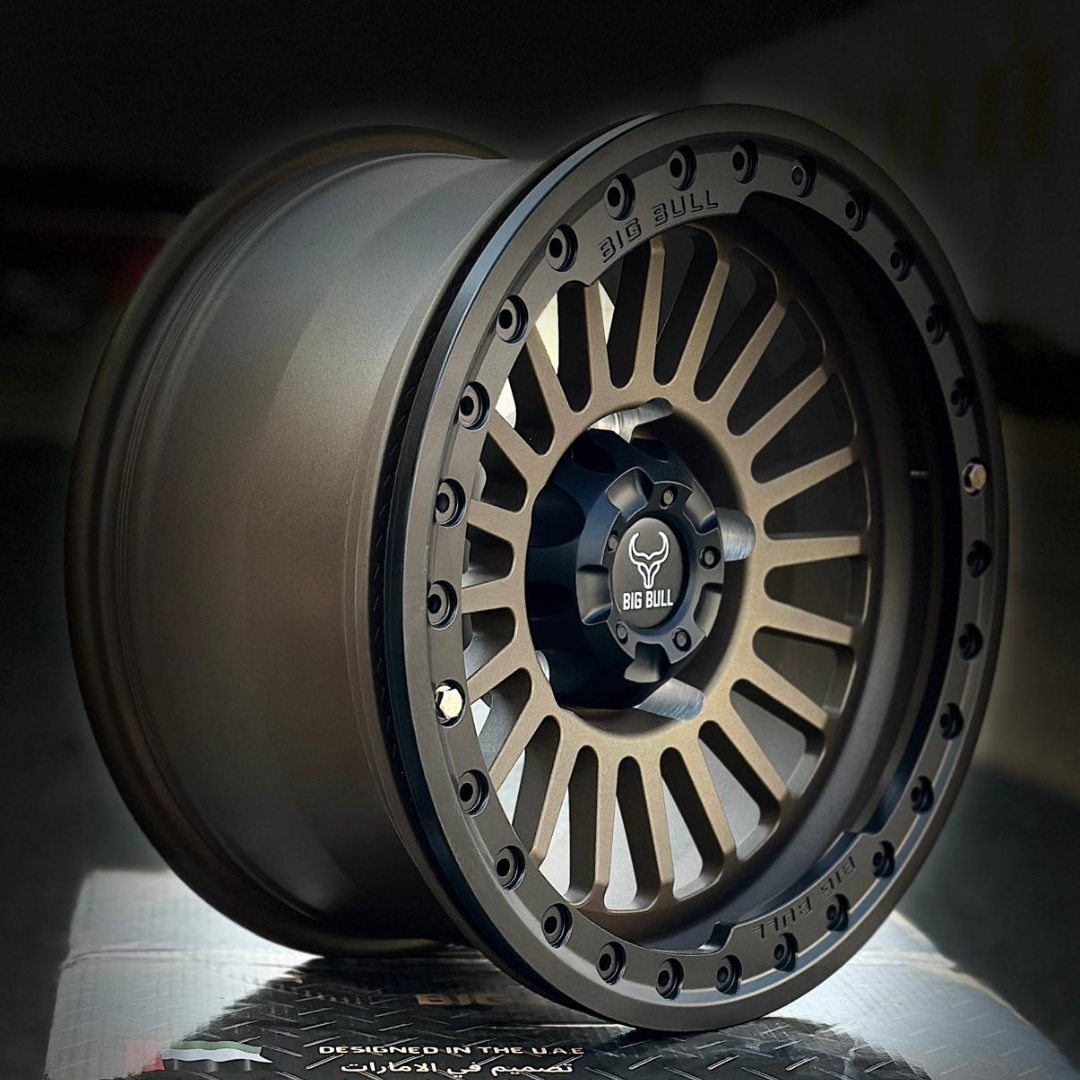The bolts that hold your beadlock wheels together are what make them work. These unique wheels are great for off-roading, but you need to be extra careful with them, especially when it comes to the right amount of bolt torque. If you don’t do it right and have air leaks or a wheel Failure, your trip could end. This comprehensive guide will provide you with everything you need to know about properly torquing beadlock bolts. You’ll learn when to check your torque, how to do it safely, and what tools you need to keep your beadlock wheels in good shape. Whether you’re putting on your First set of wheels or replacing the ones you’ve had for years, you need to know how to use the right amount of torque to go off-road safely.
How to Use Wheels with Beadlock
Beadlock wheels use mechanics to hold the tyre bead to the wheel rim. Beadlock wheels do more than just keep the tyre in place with air pressure. There is an outer ring that can be taken off and is held in place by a few bolts. The inner wheel barrel, the tyre, and the beadlock ring are the three main parts of the system. In the middle of these things is the tyre bead. When the beadlock ring bolts are tightened correctly, they create a seal that prevents the tyre from slipping or coming loose. There are many ways in which this design is excellent for driving off-road. With beadlock wheels, you don’t have to worry about your tyres coming off the rim, even if the air pressure is very low, like 5 PSI. When you lower the pressure in your tyres, it’s much easier to drive on sand, rocks, and other rough ground. This makes the contact patch larger. But beadlock wheels need more care than regular wheels. You need to check the multi-bolt system often and re-torque it to make sure it has the right amount of clamping force. They are also heavier than regular wheels and cost more at first. There are a lot of different types of beadlock wheels. Some only hold one bead, some hold both beads, and some have beadlock systems inside them. You need to follow the exact torque requirements for each type.
Why Torque Matters
To keep your tyre safe, you need to use the right amount of torque on the beadlock bolts. The beadlock ring won’t hold the tyre bead in place if you don’t use enough torque. This could let air out, make the tyres slip, or even break the tyres apart completely, all of which could be very dangerous. It is also bad to have too much torque. You could break the beadlock ring, strip the threads on a bolt, or put too much stress on the bolt, which could cause it to fail if you use too much force. Bolts that are too tight can also bend the ring, which breaks the seal and makes the pressure uneven. It’s just as essential to make sure that the torque is evenly distributed across all of the bolts as it is to get the proper torque specification. When the torque isn’t even, some parts of the tyre bead have a lot of pressure, and others don’t. These differences can cause tyres to wear out more quickly, lose air, and not last as long. Not having enough torque can have immediate effects that go beyond just safety. If you don’t torque the beadlock bolts incorrectly, you could break expensive parts, void the warranty, and get stuck on the trail when you need to fix them.
When to Torque (and Re-Torque)
You can set the proper torque when you first put in beadlock bolts. After putting the tyres on and inflating them to the right level, make sure to tighten all the bolts in the correct order. Check all the bolts again after a day and before you use the system for the first time. Check the tightness of your beadlock bolts before you go off-road. Every day use, vibrations, and temperature changes can all cause bolts to come loose over time. It only takes a few minutes to check the torque, but it can save you a lot of trouble on the trail. Based on how often you drive, you should plan to do regular maintenance. People who drive every week should check the torque once a month. You might want to check it every three months if you only drive sometimes. After a long trip or if you notice that the air pressure has dropped, always check the bolts. Keep a close eye on how the temperature changes. The tension on the bolts can change when the temperature changes because aluminium wheels and steel bolts expand at different rates. You should check the torque every few months or when you move to a place with a climate that is very different.
How to Tighten Beadlock Bolts in Steps
Make sure you have all the right tools before you begin. You will need a calibrated torque wrench that is accurate to within 3% of the specifications you want, the right sockets or bits for your bolt heads, and a torque sequence chart that is specific to your wheel brand and model. Most beadlock wheels require between 15 and 25 foot-pounds of torque, but it’s always best to refer to the instructions that come with them. Using generic specifications can be challenging because different wheel designs require varying amounts of clamping. Use the star pattern to tighten the bolts. Begin with any bolt and then go to the one that is directly across from it. Do this over and over, moving to the other side of the wheel each time, until all the bolts have their first torque setting.
Instead of going right to the final specification, apply torque in steps. Start with half of your target torque and finish one complete star pattern sequence. Then, bring it up to 75% and repeat the process. Finally, check everything one last time and use all of your strength. Do one more full-torque pass to make sure you did it right. This ensures that all fasteners are at the same tension level and that none of the bolts come loose during the work. If your wheel maker advises you to, clean the bolt threads regularly and apply anti-seize. Read the fine print before you buy anything. Some companies don’t allow thread compounds.
Finding problems and fixing them.
When you work with stuck bolts, be careful not to hurt the threads. Apply penetrating oil to the area and wait a few hours before attempting to remove it. Use steady, even pressure whenever you can, instead of impact methods. You may need special tools to get the heads of bolts that have been stripped off. Remove the broken bolt and look at the threads in the beadlock ring. You need to get a new bolt and ring if the threads are broken. Broken threads can’t hold the right amount of torque. If the bolts keep coming loose even when you use the right amount of torque, look for warping or damage on the beadlock ring. A bent ring can’t evenly distribute the force that holds the bolts together, resulting in uneven tension on the bolts. If you keep getting air leaks after tightening the bolts, it could be because the tyre bead is broken, the ring is bent, or there is dirt where the seal is. Check for damage and clean all the surfaces before putting it back together.
How to Get Your Beadlocks Ready for the Road
Checking the torque on your beadlock bolts is not only a maintenance task, but it is also a crucial safety step that keeps you safe on and off the trail. If you check the torque on your beadlock wheels often, use the correct method, and follow the manufacturer’s instructions, they will work and last as they should. You should check the torque before you leave, just like you check the tyre pressure or fluid levels. In just a few minutes, a torque wrench can save you hours of work on the trail or worse. Always check that your torque wrench is set up correctly, follow the star pattern exactly, and never skip the multi-stage torquing process. Are you ready to get better at driving off-road? You could join an off-road club in your area or go to a workshop where experts can show you how to do these things.

